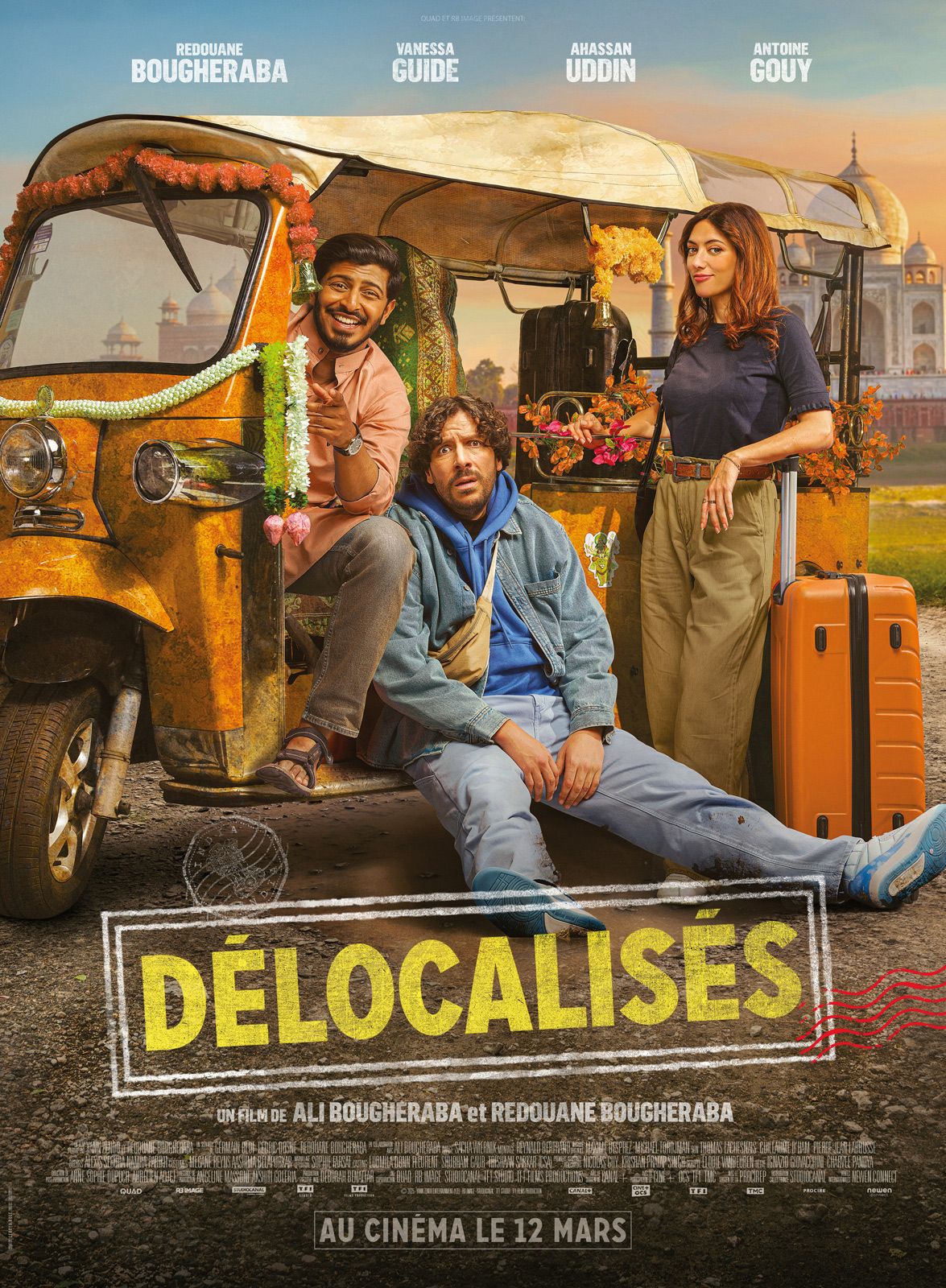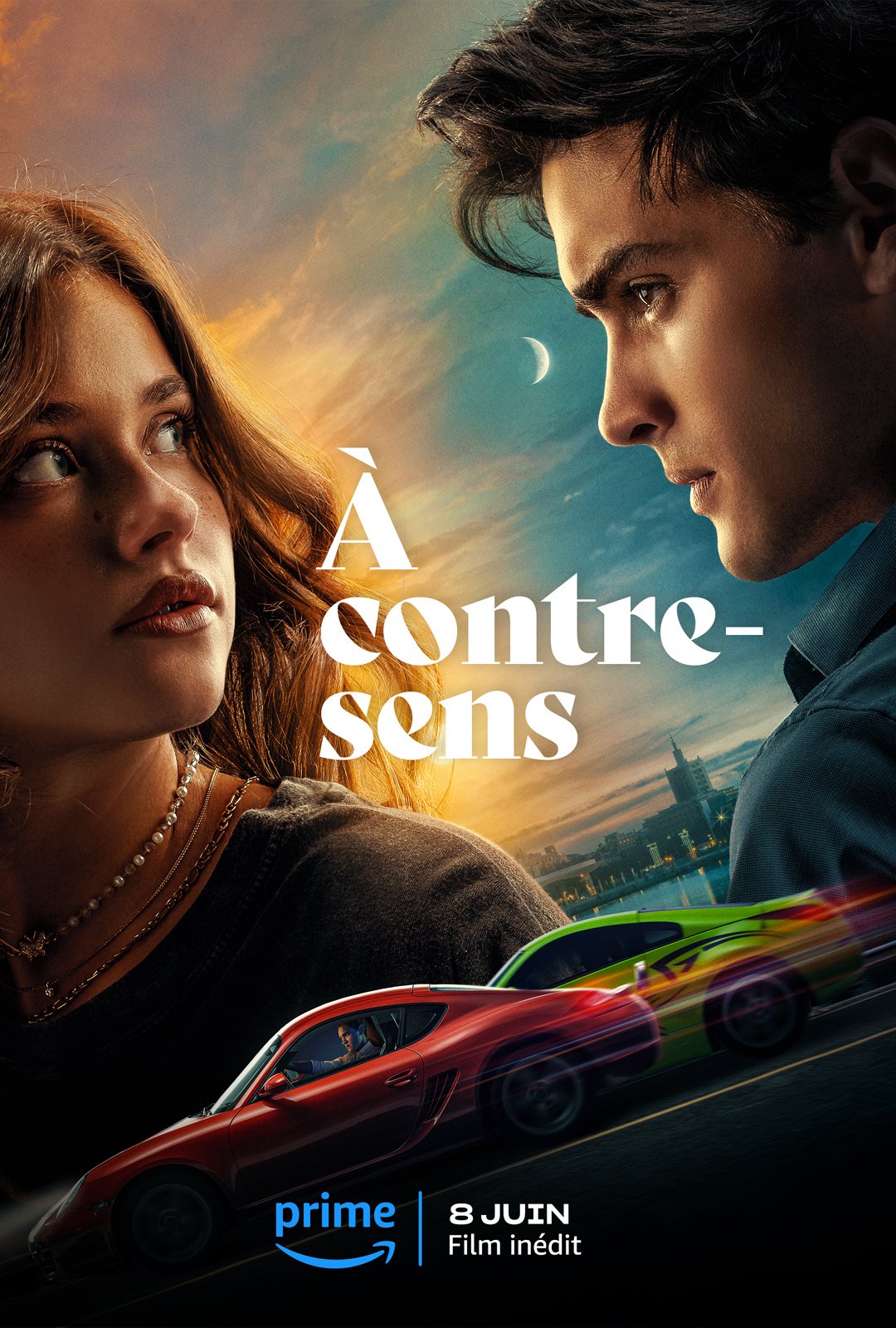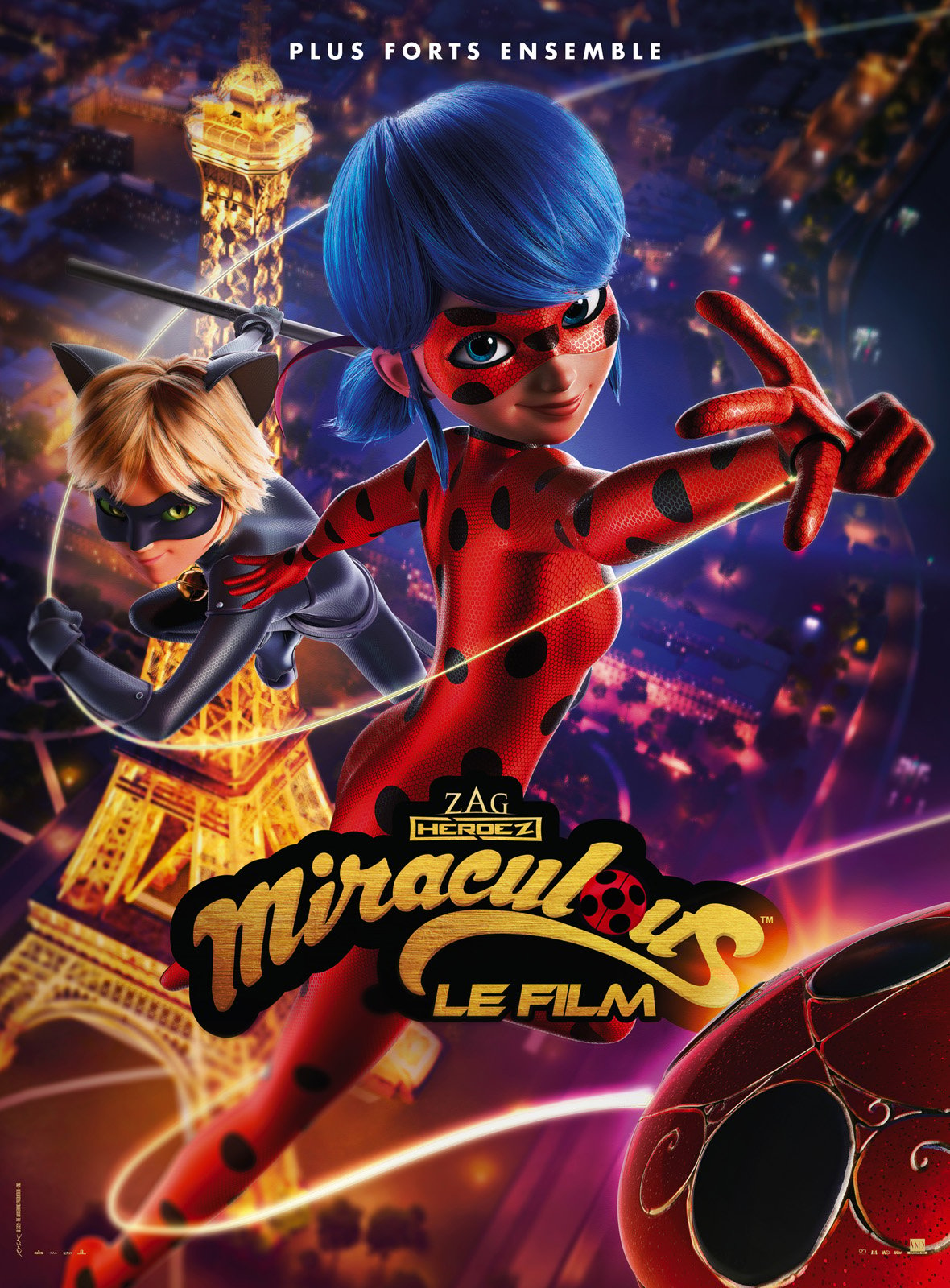The Conjuring 2013 - Exploring Fear's Grip
When we think about films that genuinely get under your skin, that truly make you feel a chill, 2013's "The Conjuring" often springs to mind. It's a picture that, quite honestly, redefined what many of us expected from a ghost story. This particular piece of cinema brought back a kind of old-school fright, moving away from jump scares alone to build something more lasting, something that lingers long after the credits roll, so it's almost a masterclass in suspense.
This film, you know, really took its time to set a mood, to introduce us to people we could care about, making their plight feel very real. It wasn't just about things jumping out at you; it was about the slow dread, the feeling that something truly unsettling was happening, a bit like a quiet whisper that grows into a scream. The way it handled its story, and the people in it, gave it a weight that many others in its category simply don't have, and that is a big part of its enduring popularity.
We'll take a closer look at what made this film such a standout, from its storytelling to its impact on the horror world. We'll consider what separates a truly impactful "film" from just another "movie," and how "The Conjuring 2013" fits into that discussion. You might find yourself thinking about it in a new way, as a matter of fact.
Table of Contents
- What Makes a Film Truly Haunting?
- The Conjuring 2013: Crafting a Scary Story
- Exploring the True Story Behind The Conjuring
- How Real-Life Events Shape the Film The Conjuring 2013
- Is The Conjuring 2013 a "Film" or a "Movie"?
- Why This Film Stands Out
- How Does This Film Compare to Other Highly-Rated Scary Pictures?
- The Impact of The Conjuring 2013 on the Horror Scene
- What's the Lasting Appeal of The Conjuring 2013?
- The Audience's Connection to The Conjuring 2013
What Makes a Film Truly Haunting?
When you sit down to watch something that aims to scare you, what truly makes it stick with you? Is it the sudden loud noises, the things that jump out, or is there something deeper at play? A truly haunting picture, in some respects, builds its fright slowly, letting you feel the unease creep up on you rather than just startling you. It's about atmosphere, the feeling of something being not quite right, a sense of dread that settles in your bones. This kind of movie often uses sound in a way that makes your skin crawl, and it plays with shadows and quiet moments that leave you guessing what might come next, you know?
Good horror, the kind that lasts, often spends time on its characters. If you don't care about the people facing the scary stuff, then their troubles won't feel very important to you. So, a picture that makes you connect with its people, that makes you worry for them, has a much stronger chance of making their scary experiences feel real for you, too. It's about empathy, really, and letting the audience share in the characters' fear. That's a big part of what separates the truly memorable from the forgettable, actually.
The best examples of this genre also tend to use their settings well. A house, a forest, a specific location can become a character in itself, holding secrets and a history that adds to the overall creepiness. When a place feels alive with a dark past, it makes the scary things that happen there feel more grounded, more believable, and therefore, more frightening. This kind of attention to detail, you see, helps to create a world where the impossible feels very possible, almost real.
- 2017 Movie Jigsaw
- Layla Ali
- Christopher Reeve Cause Of Death
- How Tall Is Cameron Brink
- Conor Mcgregor Age
The Conjuring 2013: Crafting a Scary Story
The film "The Conjuring 2013" offers a wonderful example of how to build fear with care. It doesn't rush into its scares; instead, it allows the story to unfold at a measured pace, letting the tension mount gradually. This approach means that when something scary does happen, it feels earned, rather than just being a cheap trick. The filmmakers really put thought into how they wanted to make people feel uneasy, and it shows in every scene, you know?
The way the film uses its camera, the way it frames shots, often makes you feel like you're right there with the family, experiencing their terror alongside them. There's a particular kind of visual storytelling that creates a sense of unease, even before anything overtly scary happens. It's a testament to the skill involved that they could make ordinary moments feel so unsettling, just a little off, almost.
The acting performances in "The Conjuring 2013" also play a huge part in its success. The people on screen, especially the family and the paranormal investigators, make you believe their fear, their desperation, and their determination. When the actors convey genuine emotion, it helps the audience feel those same emotions, making the scary parts hit even harder. It's about making the fantastical feel grounded in human experience, which is that connection we all look for.
Exploring the True Story Behind The Conjuring
A big part of what makes "The Conjuring" so interesting for many viewers is its claim of being based on actual events. The story centers on the experiences of the Perron family and the paranormal investigators, Ed and Lorraine Warren. This connection to something "real" adds an extra layer of chilling possibility to the events on screen. People often wonder how much of what they see is truly from the accounts, and how much is added for dramatic effect, as a matter of fact.
The Warrens themselves were well-known figures in the world of the supernatural, with many documented cases. Their involvement in the Perron family's ordeal gives the film a certain weight, suggesting that these are not just made-up stories, but reflections of actual reported happenings. This idea that something like this "could happen" to anyone, you see, makes the film's scares feel much more personal and immediate.
For those who are interested in the details of the original accounts, there are books and interviews that share the Perron family's experiences directly. Comparing these stories with what appears in the film can be quite fascinating, showing how real-life events get shaped and interpreted for the big screen. It’s a way of looking at how a problem, like a haunting, gets presented to a wider audience, which is something people often discuss.
How Real-Life Events Shape the Film The Conjuring 2013
The filmmakers behind "The Conjuring 2013" used the reported events as a framework, building a compelling narrative around them. They took the core elements of the Perron family's terrifying experiences and the Warrens' investigations, then crafted scenes and moments that would maximize the scare factor for a movie audience. This process involves a balance of staying true to the spirit of the stories while also creating engaging cinema, which is that challenge many storytellers face.
The true story elements lend a certain gravity to the film. Knowing that the characters are based on real people, and their struggles on reported events, makes the danger they face feel more significant. It moves the film beyond simple fiction and into a space where viewers might question their own beliefs about the unseen world. That, in itself, is a powerful tool for a horror picture, honestly.
The use of actual case files and reported details helps to ground the supernatural occurrences in a believable setting. For example, the idea of a "passkey" to understanding the events, or the way certain actions might "upload" or "download" spiritual influence, gives a sense of structure to the chaos, even if those are just ways of talking about it. This approach, you know, makes the film feel less like pure fantasy and more like a dramatization of something that might have truly taken place.
Is The Conjuring 2013 a "Film" or a "Movie"?
This question might seem a little odd, but there's often a subtle difference in how people use the words "film" and "movie." Some people feel that "film" suggests something a bit more serious, perhaps with greater artistic merit or a deeper message, while "movie" might refer to something more casual, purely for entertainment. It's a distinction that some people, like your typical internet forum user, might use to impress others with their refined tastes, as a matter of fact.
When you consider "The Conjuring 2013," it certainly has elements that push it towards the "film" category. It's not just a collection of jump scares; it has a well-structured plot, strong character development, and a clear thematic focus on family and belief. The care put into its making, from the direction to the performances, suggests a serious artistic endeavor, not just a quick piece of entertainment. It's something that makes you think, rather than just forget, you know?
The lasting impact of "The Conjuring" also points to its status as a "film." It started a successful series, inspired many other pictures, and continues to be discussed and rewatched years later. Things that are just "movies" often fade from memory quickly, but a true "film" tends to stay with you, prompting conversations and influencing later works. That, in itself, speaks volumes about its quality, you see.
Why This Film Stands Out
"The Conjuring 2013" stands out for several reasons. One is its dedication to building tension through atmosphere rather than relying solely on sudden shocks. The house itself, with its creaks and shadows, becomes a character, creating a constant feeling of unease. This focus on mood, you know, is something that truly sets it apart from many of its peers.
Another reason for its distinction is its strong emotional core. The Perron family's struggle feels very real, and the Warrens' determination to help them adds a layer of humanity to the supernatural horror. This emotional connection makes the scares more effective because you genuinely care about what happens to these people. It's about more than just fear; it's about hope and survival, too.
The film's use of practical effects and clever camera work also contributes to its unique feel. Rather than relying heavily on computer-generated imagery, it often uses old-school techniques to create its scares, which can feel more tangible and unsettling. This choice gives the film a classic horror feel, almost like something from a different era, but with a modern polish, so it's quite special.
How Does This Film Compare to Other Highly-Rated Scary Pictures?
When you look at lists of highly-regarded scary pictures, you often find a mix of classics and more recent works. Some lists, you know, can be a bit disappointing, full of recommendations that don't quite live up to the hype. "The Conjuring 2013," however, typically holds its own among the best, earning its spot through genuine quality rather than just flashy marketing. It's a film that critics and audiences alike seem to agree on, which isn't always the case with horror.
Compared to some older, classic horror works, "The Conjuring" brings a fresh perspective while still respecting the traditions of the genre. It understands what made those older films scary and adapts those principles for a contemporary audience. It doesn't try to reinvent the wheel, but rather perfects the art of the ghost story, which is that difficult thing to do well.
In terms of modern horror, "The Conjuring" set a new standard for many. It showed that you don't need excessive gore or constant jump scares to be truly terrifying. Instead, a well-told story with strong characters and a creeping sense of dread can be far more effective. It really influenced how people thought about making scary films for a while, you see.
The Impact of The Conjuring 2013 on the Horror Scene
"The Conjuring 2013" had a significant effect on the horror scene. Its commercial and critical success proved that audiences were hungry for intelligent, atmospheric horror that prioritized story and character. This encouraged other filmmakers to take a similar approach, leading to a wave of more thoughtful and suspenseful scary pictures. It really helped to shape what came next in the genre, as a matter of fact.
The film also launched a whole shared universe, with spin-offs and sequels exploring other cases from the Warrens' files and the origins of some of the film's terrifying entities. This kind of interconnected storytelling became quite popular, showing how a single, well-made film could become the foundation for a much larger narrative world. It's a testament to the film's original appeal, really, that it could grow so much.
Its influence can be seen in the way many subsequent horror films have tried to replicate its success by focusing on slow-burn tension, strong acting, and a reliance on unsettling atmosphere. While not all have succeeded, "The Conjuring" definitely left its mark, proving that sometimes, the scariest things are the ones you don't quite see, the ones that play on your imagination, you know?
What's the Lasting Appeal of The Conjuring 20
- Ben And Jen
- Is Donnel Carter Still Alive
- Floyd Mayweather Floyd Mayweather
- Liev Schreiber Wife
- King Of Thrones Season 8

News du film Délocalisés - AlloCiné

À contre-sens - Film 2023 - AlloCiné

Affiche du film Miraculous - le film - Photo 4 sur 29 - AlloCiné